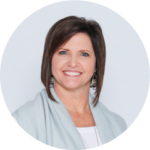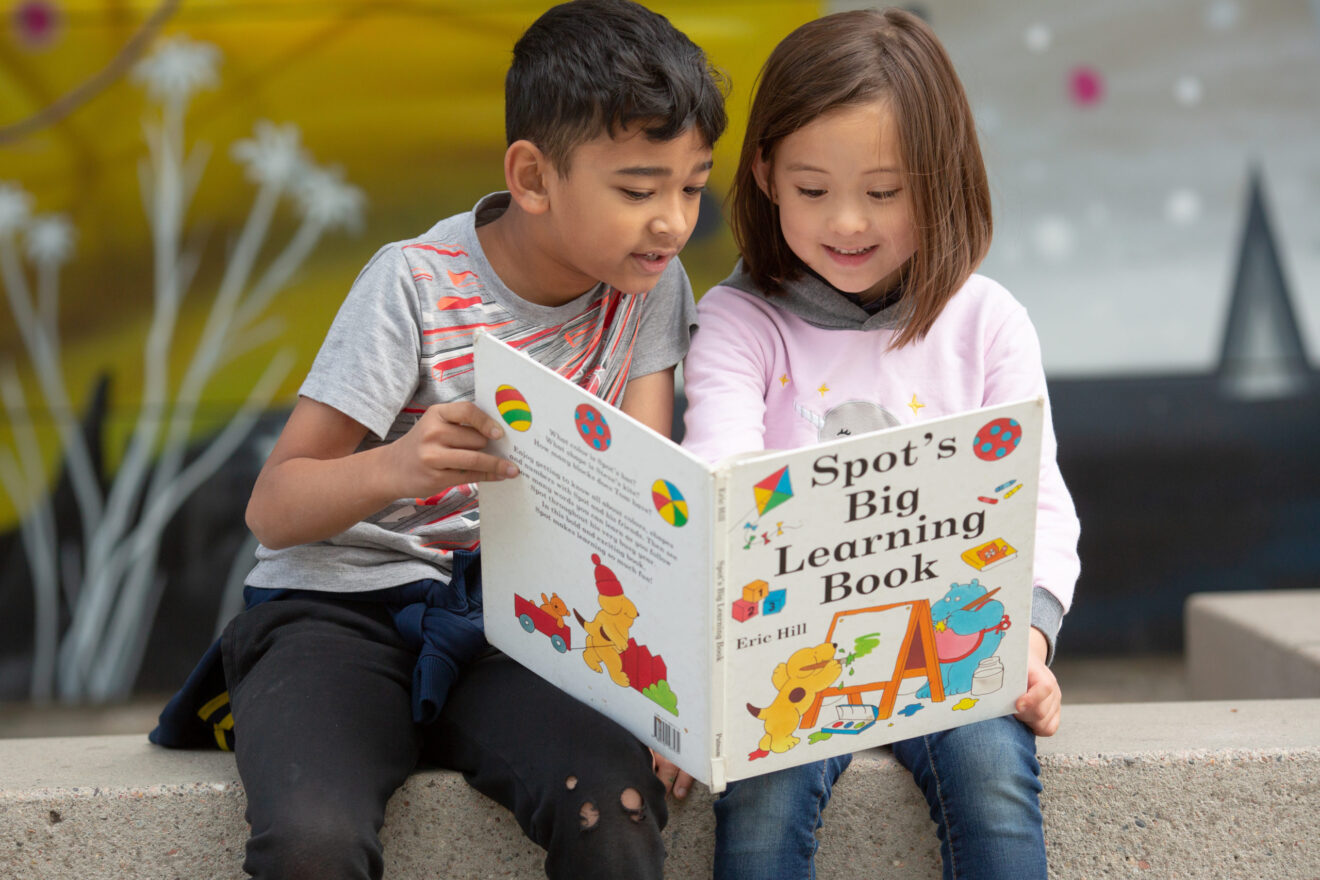
The National Assessment of Educational Progress results — which showed a 3-point drop in fourth- and eighth-grade reading scores since 2019 — may feel discouraging to educators, but they were not significantly different from those recorded in 1992, the first year NAEP issued the details, and they were somewhat predictable. It was, after all, the first Nation’s Report Card since COVID-19 led to widespread school closures. During school closures, students simply didn’t have access to consistent, in-person instruction with a teacher trained in the most effective techniques for teaching literacy, such as the science of reading. Compounding the problem, many schools were not providing the most effective reading instruction before the pandemic or even today, when it’s most critical.
The good news is that we do know the most effective methods for teaching reading — and right now is a great opportunity to put them into practice.
What is the science of reading?
Approximately five or six years ago in Cleveland County Schools in Shelby, N.C., our Title I coordinator, Tamara Goforth, and I were looking at our data and realized that we needed to reevaluate our phonics program. I had studied the National Reading Panel’s findings back in 2000, so I knew we needed a program firmly grounded in the science of reading. We ended up adopting Reading Horizons in 2017, which put us well ahead of North Carolina’s mandate that all teachers in pre-kindergarten through grade five be trained in the science of reading.
Some of our teachers have been in the classroom since before the National Reading Panel released its findings, yet even today not all teacher prep programs show candidates how to teach reading using the most effective methods. The way I explain the science of reading to teachers unfamiliar with it is:
A body of research studying a range of instructional routines and practices to find those that best meet the needs of students as they develop the skills to become strong readers.
At the heart of these routines and practices is direct, explicit instruction in phonics and phonemic awareness.
When patients go to the doctor’s office, they expect the doctor to have read the latest research and to make sure she is using the most up-to-date information in her examination and diagnosis. As reading teachers, the most up-to-date information tells us that helping students grow into strong readers begins with foundational skills such as letter recognition, sound recognition, letter-sound correspondence and blending sounds to begin creating words. With enough practice, students develop automaticity and eventually begin to read to learn.
The science of reading in the classroom
Effective phonics and phonemic awareness instruction is multisensory and kinesthetic, especially for students in kindergarten and first grade. In Cleveland County Schools’ classrooms, teachers use a lot of hand motions, signals and conversations to help students develop awareness of letter sounds and then start manipulating them.
We might use symbols, such as little felt squares or cubes, to help students understand what we’re referring to when we say “first sound” and “second sound,” or “beginning sound” and “middle sound,” or even to demonstrate switching sounds around. Flagging the sounds in such a way gives students a visual cue that helps them isolate, identify and move sounds when students are just beginning to develop phonemic awareness. Eventually, students can begin moving around sounds themselves, practicing different combinations and blending sounds together to eventually read actual words.
As students practice sounds, teachers are able to listen and ensure that students are hearing and speaking the sounds correctly, and that once students can hear and say a sound, they are able to write that sound.
Students are thoroughly engaged in a science of reading classroom in a direct and physical way. If you walk into a classroom practicing the science of reading, you’ll see a teacher providing feedback to students, having conversations and rereading words that students had written, or helping students transfer those words to sentences or small passages.
During pandemic-related school closures, that kind of instruction was just not available for many students, so it’s unsurprising that so many failed to make adequate progress over the last few years. Even when students were in class but still required to wear masks, teachers and students were unable to see the shape of one another’s mouths as they formed sounds, which is critical for students building foundational reading skills.
Managing change
In 2017, we began moving the district toward instruction based in the science of reading. We implemented our new core phonics program in five of our elementary schools and as an intervention program with our Title I teachers in all of our elementary schools. Over time, we have added this curriculum to the majority of our schools’ core English language arts block for kindergarten through second grade. Some of our schools have even added this curriculum to their third-grade ELA blocks.
As we began the professional development necessary to teach the curriculum, we were very much impressed with the connections between how students learn to read and how the brain processes information to become a skilled reader. The professional development also introduced the concept of the Simple View of Reading and Scarborough’s Reading Rope. This helped our teachers better understand the struggles some students face with learning to read and provided a deeper understanding of why explicit, systematic phonics instruction is essential for all students to excel as readers.
Our district just began direct training in the science of reading this year, so our staff has had little formal training. However, the professional development included with our curriculum introduced our teachers to brain research, a simple marking system, sequenced lessons that build on one another and the use of the five phonetic skills and two decoding skills. This training provided our teachers with the knowledge they needed to implement effective phonics instruction prior to ever learning about the science of reading.
Some of our teachers, especially those in kindergarten and first grade, have experienced success in teaching students to read using their own strategies, routines, materials or curriculum. Their consistent success over the years has made them less eager to change to a new program, because what they have been doing has always worked. By analyzing school and district data, we’ve been able to help these teachers realize that many of their students were successful in their kindergarten and first-grade classrooms but struggled as they moved into grades two and three. Much of these students’ struggles came from the lack of strong decoding skills needed for tackling multisyllabic words that were not solidified through their K–1 teachers’ instructional approach to phonics.
Having these deep data discussions has enabled our teachers to overcome their beliefs, misconceptions and myths regarding their former way of teaching phonics. Data discussions have also been essential in helping teachers know when to reteach and when to move on. Our curriculum, along with all the data it provides, has helped our teachers refine their thinking and their practices. It has taken time and lots of professional development and professional learning community support for this to take root. We are still helping teachers understand how essential formative assessments and daily observations are for guiding daily decisions about instruction.
A great time to be teaching!
We were fortunate enough to have been working toward implementing the science of reading before the pandemic wreaked havoc on lesson plans across the country. We had a head start on offering our students the best foundational literacy instruction available. But I think that in spite of the poor results from the Nation’s Report Card, now is a great time to be teaching.
I have been working one on one with a high-school sophomore who is reading at a first-grade level. Recently I was able to tell him that I had noticed he was no longer switching his B’s and D’s as he read. Shortly after that, he read a sentence with full expression: He didn’t just read the words; he read them the way a person would say them. That’s something skilled readers do when they no longer have to think about the act of reading itself and can think about the meaning of the words as they read.
We know the most effective practices for growing readers. Over the years since the National Reading Panel released its results, many curricula and resources have been developed to implement those practices, and, as a result of the pandemic, schools and districts around the country now have the funding and support to make big changes where they are needed.
The pride on that student’s face when I pointed out that he was reading with understanding is why I teach. But I think we all, as educators, have something to learn from his realization in that moment. It’s not too late. We know what to do, and we have the tools to do it. All we have to do now is put in the work.
Laura Beaver is the district literacy specialist for Cleveland County Schools in Shelby, N.C., where they use Reading Horizons. She can be reached at [email protected].
Opinions expressed by SmartBrief contributors are their own.
_________________________
Subscribe to SmartBrief’s FREE email newsletter to see the latest hot topics on Special Education. It’s among SmartBrief’s more than 250 industry-focused newsletters.
